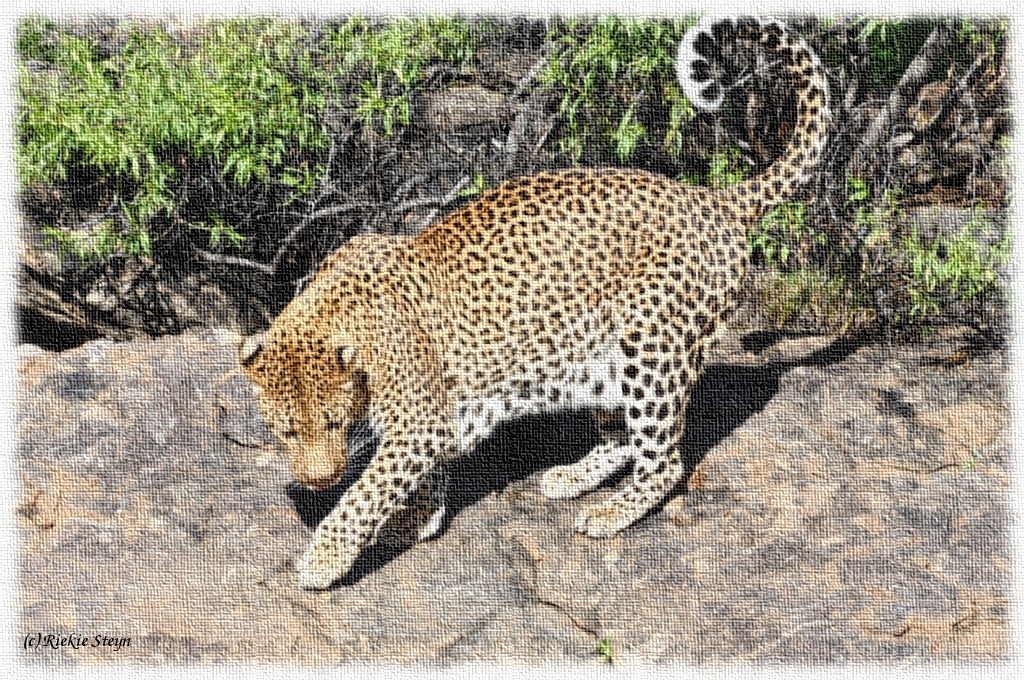Project aims and objectives
The ultimate aim of this research is to produce a computer program that will help farmers and other land-owners to find the "best" methods for their specific circumstances of protecting their livestock from predators. If we better understand the ecology and spatial movement of predators that (sometimes) kill our livestock, we can better protect our livestock and ensure the long-term sustainability of our farming enterprise. The long-term survival of both leopards and cheetahs is in the hands of farmers. The predators on which this study will concentrate, are leopards (Panthera pardus), cheetahs (Acinonyx jubatus), caracals (Felis caracal) en black-backed jackals (Canis mesomelas), since these are the predators that most farmers have indicated as "problem animals" in the past. To reach this project aim, there are a number of more detailed objectives:
- Evaluate the different methods used worldwide to prevent human-predator conflict and compare the advantages and disadvantages of each.
- Determine the costs and benefits of the different methods currently used by farmers in Namibia to prevent livestock depredation.
- Determine which habitats are preferred by each predator species (and to be avoided by vulnerable livestock).
- Determine how and why predators use their habitat (e.g. where they prefer to hunt or have their young).
- Determine which prey are preferred by each predator species (do they prefer livestock to game?).
- Determine to what extend individual predators have specific prey preferences (are there some individuals that specialize on livestock?)/
- Determine to what extend the different predator species avoid each other spatially and how this behaviour could be used to protect livestock.
- Determine if there has truly been an increase in the numbers of leopards and a simultaneous decrease in cheetah numbers on some Northern Namibian farmlands as frequently claimed (and the implications for farmers and conservation).
- Determine to what extend the Namibian predators are territorial on farmlands and if they would keep other predators away from their home range area (and what the possible application for farmers and conservation might be).
Methods
![chavoux [by] gmail [punt] com](./epos1.png)
